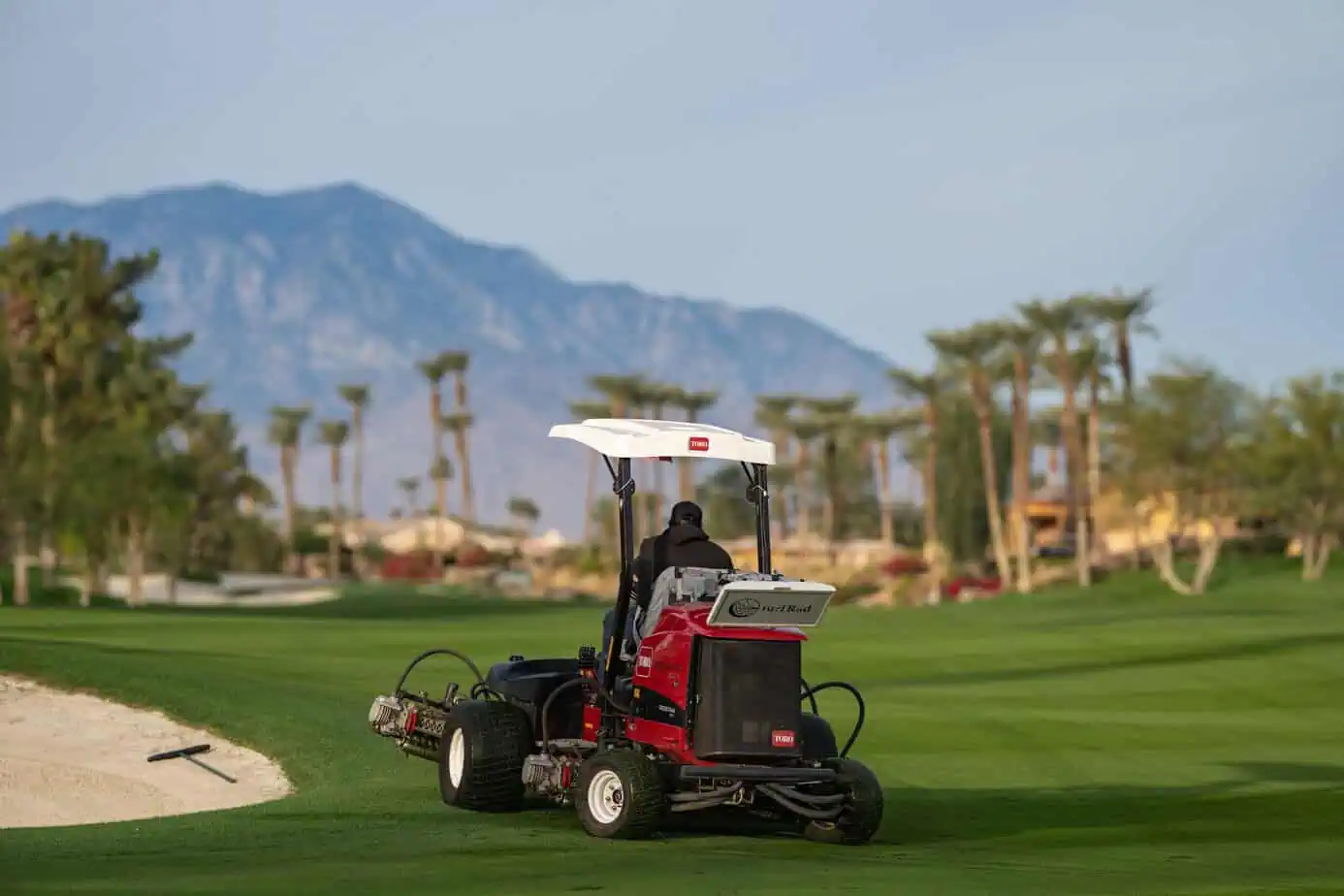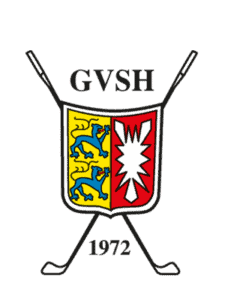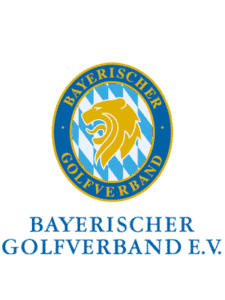“I know my moisture content every day”: that’s the sentence that makes the difference for Jim Pavonetti and Jake Schmitz. No more estimates, no more hand-washing by feel. “I just know the moisture level so much better,” explains Pavonetti, Superintendent of Fairview CC in the US state of Connecticut. His college Jake Schmitz, responsible for greenkeeping at Olympic Hills GC in Minnesota, feels the same way. The statements by the two American head greenkeepers refer to the new TurfRad sensor, which is used to measure soil moisture on fairways.
Technology boom in the water sector
Soil moisture measurement has been a hot topic in the industry for several years due to the increasing need to save water, but also because of the declining quality of overwatered golf courses. Competition in the segment of companies offering solutions for determining soil moisture and supplying data is correspondingly high. A few years ago, the TDR soil moisture sensor or irrigation based on evapotranspiration were considered the measure of all things, but the situation has since changed.
There is now plenty of technology to determine soil moisture: thermal imaging, multispectral imaging, L-band radiometry, cosmic ray neutron sensors – the terminology alone makes it clear that the innovations behind the topic of soil moisture are light years away from what is still common practice on golf courses here and there. Watering by feel is a discontinued model. “But yes, I’ve always done a lot by visual impression,” says Pavonetti.
In view of the numerous providers with drones, sensors and software on the market, even deciding on the right technology for superintendents or club managers is an intensive course in advanced physics. In this respect, it can be considered a real breakthrough for the Swiss start-up TerraRad, a spin-off from ETH Zurich, that TORO, one of the giants in the golf market, has decided to cooperate with the company.
“With a fully integrated irrigation system that provides real-time moisture mapping, accurate data and user-friendly controls, golf course managers can keep their turf in top shape while achieving sustainability goals and reducing costs,” John Dalman, Senior Product Manager at Toro, announced the innovation at GCSAA in February. Sales managers are now on the road in the individual regions worldwide to make the technology palatable to the average club in Germany, England, Denmark or elsewhere. Always with the promise that the technology saves running costs, reduces water consumption and ensures better grass quality.
The focus here is on the combination with the Lynx Control system, which works in a very simplified way: The TerraRad sensors determine the soil moisture, pass it on to the computer unit and this optimizes the water control. The individual sprinklers are irrigated precisely. The golf course therefore has the option of almost fully automated irrigation, so that the greenkeeping team can concentrate on monitoring, strategic goals, the irrigation system itself and numerous other tasks on the course.
Anyone working without Lynx receives the moisture measurement and then decides for themselves which irrigation to apply on site. The soil measurement itself is based on microwaves that can measure ten centimeters deep. Measurements are taken ten times per second, resulting in 10,000 measurements per fairway. This results in a moisture map for the fairway. Jim Pavonetti is now also experimenting with the sensor on a green roller. Here alone he achieves 2000 images per green.
However, Jim Pavonetti and Jake Schmitz have not mounted the sensors on a fairway mower, as can be seen in many Toro images. “I want the data every day,” says Schmitz, “but I don’t mow the fairways every day.” That’s why he has mounted two sensors on a classic greenkeeper’s cart like two flights and drives the course every day. “The information is extremely valuable to me because I simply want drier, firmer playing conditions.” He has been using the sensors since April. His colleague Pavonetti is already using the devices for the second year and now has three sensors. “I have two on the normal carts and one on the green roller to see the moisture here too. That way, I’m actually constantly monitoring.”
He has noticed the time and cost savings above all in the significantly improved control of manual watering. “In the past, sometimes five people were out for five hours a day, watering all the places that we knew over the years were prone to drying out. Now I take the measurements, print out the map, circle the important spots and then my people can do it with pinpoint accuracy. That saves hours, water and costs.”
This leaves the initial investment, which is currently around 6000 dollars/euros per device. In addition, there is an annual software fee of currently 7000 euros or 8000 dollars. Two sensors per 18 holes are recommended. 75 golf courses worldwide are currently using TerraRad sensors. Investors such as Old Tom Capital and various research funds have backed the young company. Whether the golf courses will do so in sufficient numbers remains to be seen.
Subscribe to our newsletter!








 Fotos: Petra Himmel
Fotos: Petra Himmel